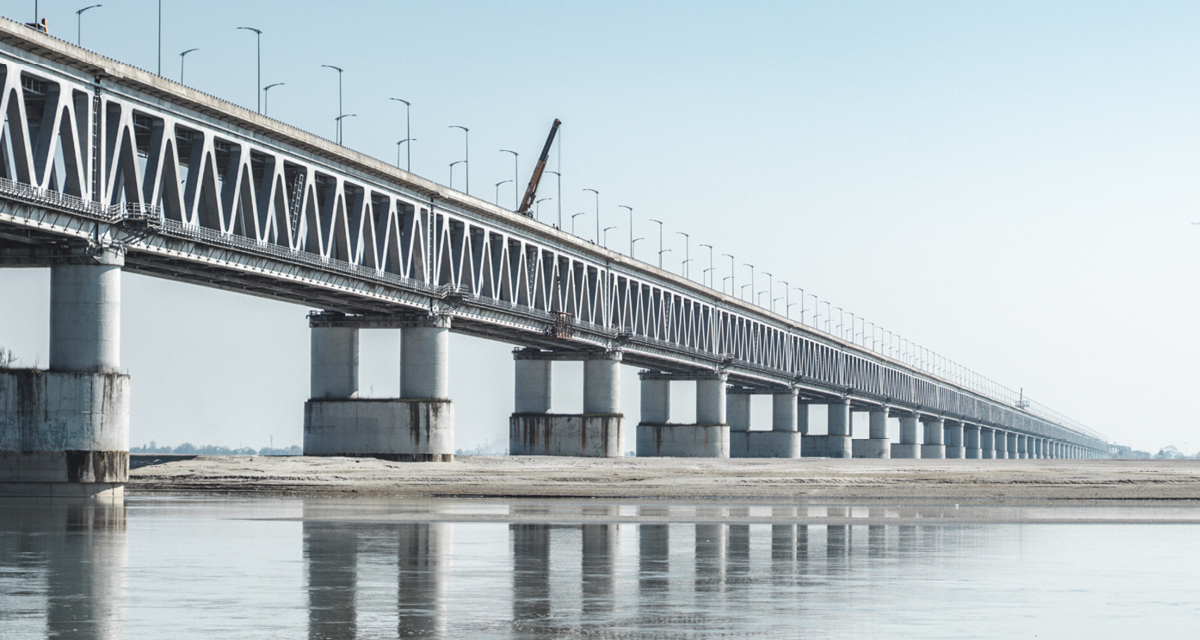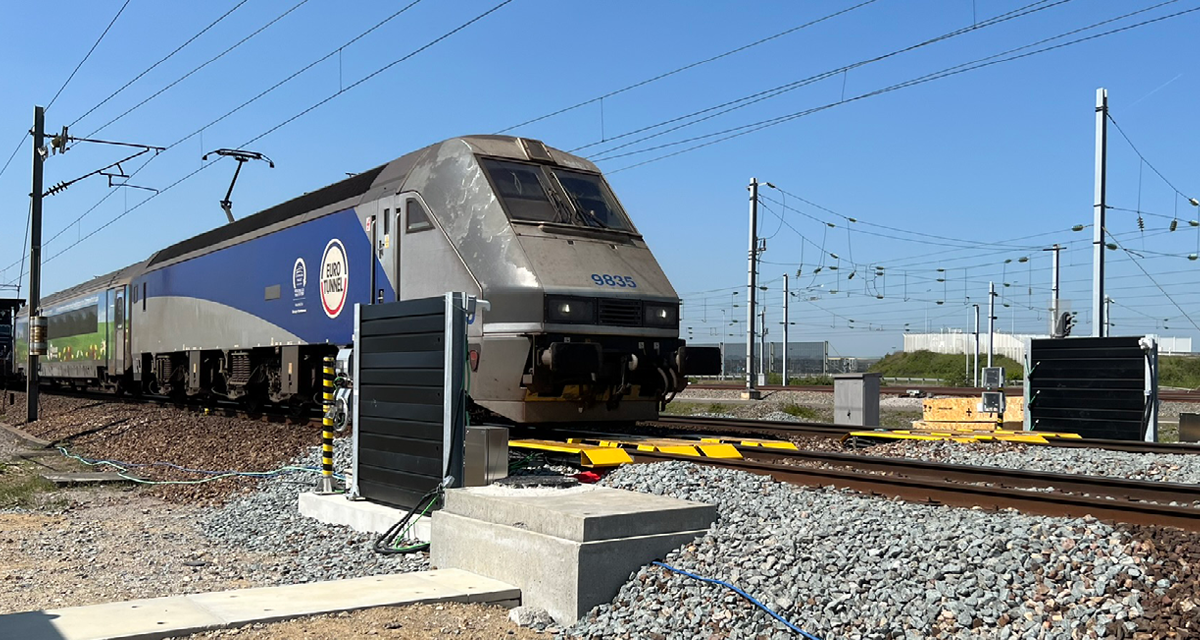Frauscher Sensor Technology has completed the divestiture to Wabtec Corporation.
Find Out MoreNotification Center

Train DetectionIndia
Ensuring reliable rail operations across India´s longest railroad bridge
The Bogibeel Bridge is India’s longest railroad bridge that connects Assam and Arunachal Pradesh, carrying both rail and road traffic across the Brahmaputra River. Harsh environmental conditions and structural constraints made conventional signaling impractical. The Frauscher Advanced Counter FAdC axle counting system was selected for its proven reliability and low maintenance requirements, even in challenging conditions.
At over three miles (4.94 km), the Bogibeel Bridge is India’s longest rail / automobile bridge and a vital link connecting the states Assam and Arunachal Pradesh over the Brahmaputra River. As the country’s first fully welded steel bridge, it offers durability and reduced maintenance while significantly improving mobility and regional connectivity. Its operation requires a highly reliable railway signaling system to cover an eight mile (13 km) block section that includes the bridge span. Use of conventional track circuits is unsuitable here, due to structural and environmental constraints.
Frauscher’s Train Detection System was selected as the ideal solution. Offering SIL 4 safety, flexibility, and proven performance, it was implemented at Tangani Station and Dhamalgaon Block Cabin using the Wheel Sensor RSR180. A Dual Detection configuration ensures reliability, while media redundancy is achieved through both OFC and copper mediums to safeguard against communication failures. The system’s distributed architecture with redundant power and communication further enhances safety and efficiency.
Key features include co-operational reset functionality to minimize delays, the Frauscher Diagnostic System FDS for real-time monitoring, and rail claws for quick, drill free sensor installation. With no trackside electronics required and Indian Railways staff trained to operate it, the system delivers a cost effective, future ready solution tailored to Bogibeel Bridge’s demanding environment.
Exceptional reliability
The distributed architecture of the FAdC enhances operational safety and dependability, ensuring smooth and secure railway operations.
Seamless installation & track integrity
Our rail claw provides straightforward installation of the Wheel Sensor RSR180 without drilling to preserve track integrity. The rail claw also facilitates easy detachment and reattachment as needed for maintenance activities.
Uninterrupted operation with media redundancy
By leveraging both Optical Fiber Cable (OFC) and copper mediums, the Frauscher system minimizes disruptions to ensure fail safe performance.
Minimal maintenance & enhanced efficiency
The absence of active outdoor electronics significantly reduces maintenance demands and eliminates the need for earthing, enhancing long-term efficiency.
Cost-effective
The FAdC provides an economical solution without compromising performance.
This might also interest you

Train DetectionTaiwan
Shalun Signaling

Train DetectionCanada
City of Calgary Grade Crossing Upgrade

Train Detection, ServicesIndia
Sini - Chandil Railway Line

Train DetectionFrance
Axle counting adds fail-safe control to laser diagnostics
